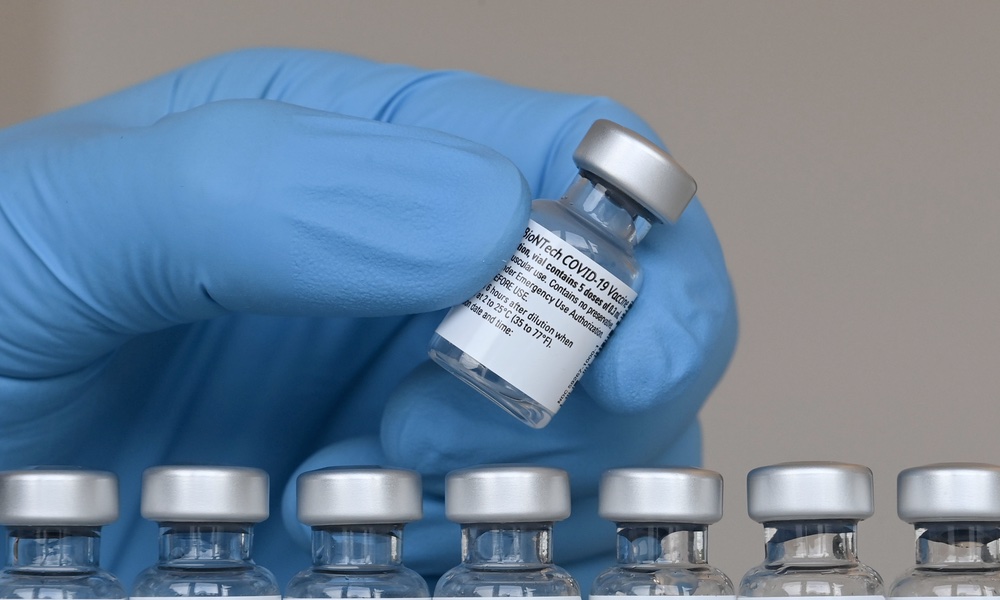As of July 23, young adults between the ages of 18 and 25 had the highest infection rate of SARS-CoV-2, the virus that causes COVID-19, of any age group in the U.S. However, two recent studies from the Kaiser Family Foundation and the University of Michigan found young adults also had the highest rates of vaccine hesitancy.
Reasoning that if the U.S. is to reach herd immunity, it is important to understand vaccine hesitancy among different demographic groups, a team from the University of California at San Francisco used data from the Household Pulse Survey, a national survey conducted by the U.S. Census Bureau and the Bureau of Health Statistics, in collaboration with other agencies, to paint a clearer picture of young adults’ concerns.
“Prompt vaccinations could help limit the further development of virulent variants and infection rates among the vulnerable and unvaccinated,” Sally Adams, the study’s lead author, told TheDoctor.
Young adults between the ages of 18 and 25 were asked if they intended to get vaccinated for COVID-19, and why they were waiting or did not plan to be vaccinated. Data were analyzed from about 5,000 responses. About 24 percent of survey respondents said they may not or definitely will not get the shot. Many of the young adults had good reasons for waiting to be vaccinated.COVID-19 vaccine hesitancy is an all-hands-on-deck situation.
The most common reasons for postponing or planning not to be vaccinated were waiting to see if the vaccine was safe (56 percent), concerns over side effects (53 percent) and believing that others needed the shot more (44 percent).
“These are mature reasons for delaying getting the vaccine and not being 100 percent sure they are going to get vaccinated,” said Adams, a specialist in the division of adolescent and young adult medicine at UCSF and Benioff Children’s Hospital. She went on to say public health messages need to emphasize that the vaccination is much safer than COVID-19.
Social media could be tapped to improve young adults’ understanding of the safety of the vaccine and the particular risks of being unvaccinated, Adams said.
Young adults could always also turn to the healthcare system for information, added Adams. But since, as healthy young people, they don’t often need to do that, they are missing out on the opportunity to hear the message that the vaccine is safe and effective.
COVID-19 vaccine hesitancy is an all-hands-on-deck situation, according to Adams. “Young people need to hear it from providers, parents, and teachers and counselors at school. But they also need to see other young people being optimistic and encouraging them to get vaccinated.”
The Household Pulse Survey used in the study is ongoing and data are made available to researchers in two-week increments. Adams believes it will be interesting to look at how rates of different reasons for vaccine hesitancy change in a month because the situation with the SARS-CoV-2 virus, particularly the rapidly spreading delta variant, is evolving so quickly.
The study appears in the Journal of Adolescent Health.





